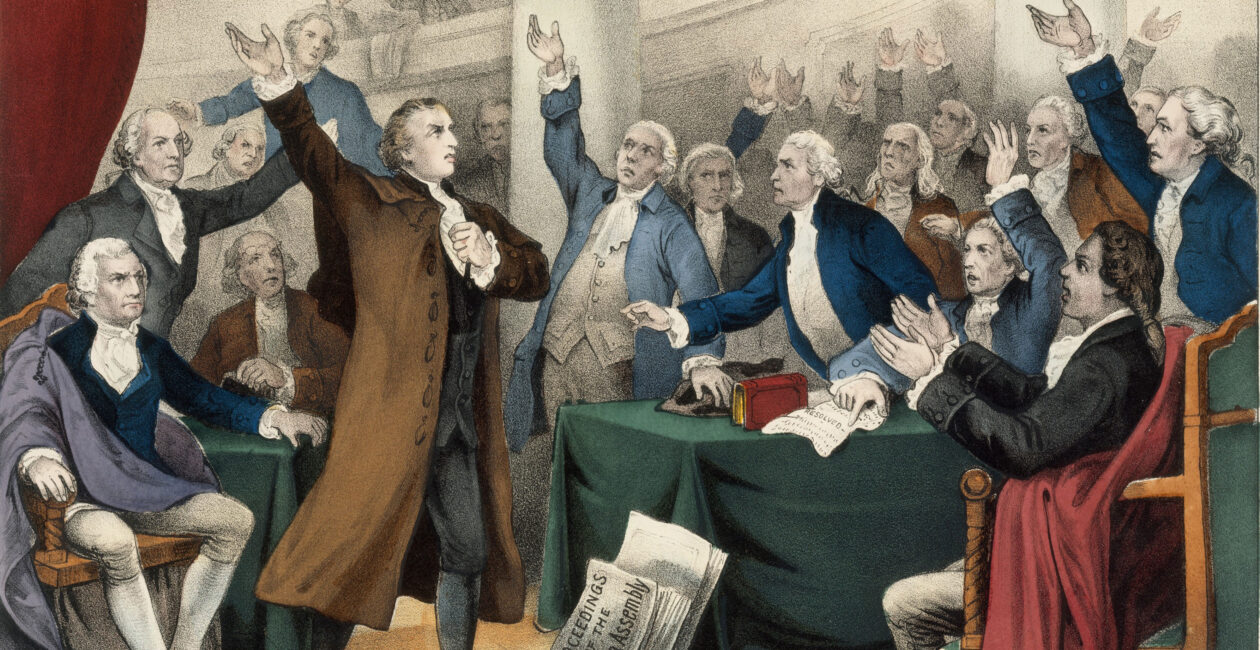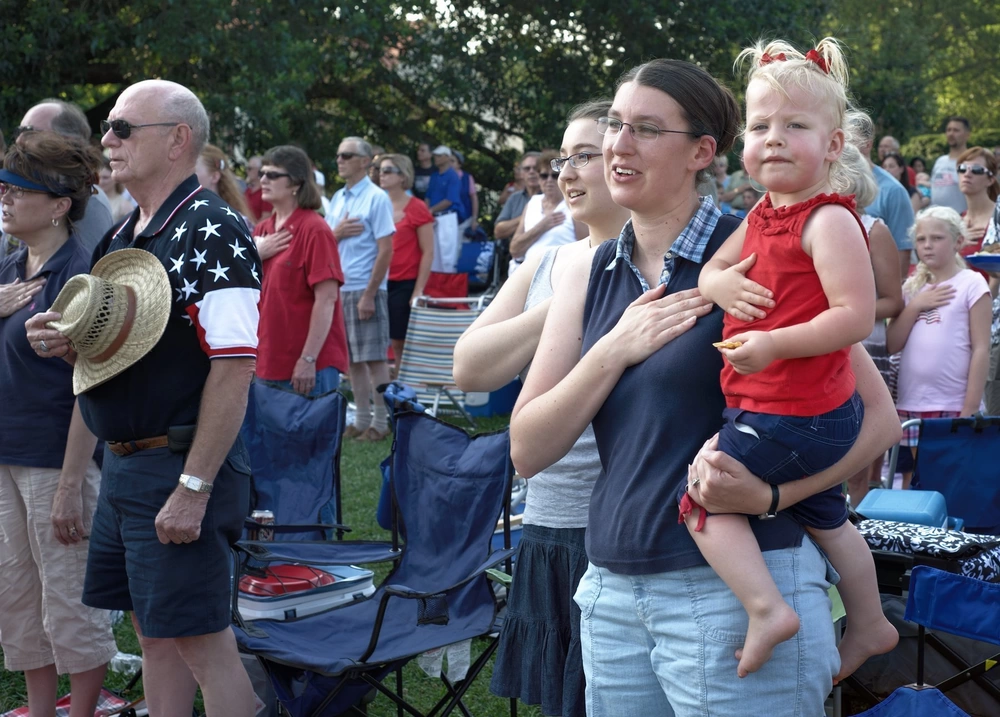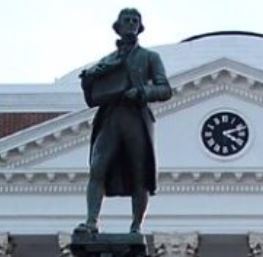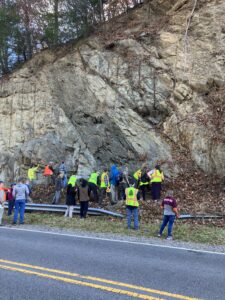
Mafic dike in wall of granite. Roadcut on VA Rt. 16 near Mouth of Wilson Baptist Church
by Dick Hall-Sizemore
This past weekend I went back in Virginia’s history. Waaaay back. Over a billion years back.
The occasion was the 2023 Virginia Geological Field Conference. This is an annual event staged by a group of leading geologists in the state. Attending were faculty members from several institutions, including one community college; geologists from the United States Geological Service; staff from several state agencies, such as the Department of Environmental Equality; college students, folks from the private sector; and one or two non-geologists (such as me) who nevertheless are keenly interested in the science.
We met in the Mt. Rogers area (the site of the conference rotates among Virginia’s five geographic regions). There we spent a day and a half traveling among sites that have been explored and mapped by USGS geologists over the past few years. We would go to a site, get a briefing from the lead USGS geologist and then go crawl over and around the rocks, with many using their geologist’s hammer to break off chunks for examination. As for me, I would stand in front of a wall of rock or hold a chunk in my hand and ask one of the USGS or other geologists, “Tell me what I am looking at.” Continue reading

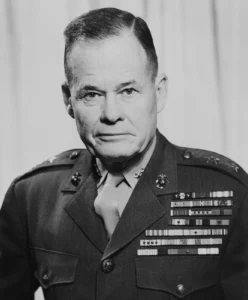
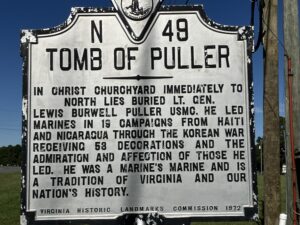
 by Michael Giere
by Michael Giere
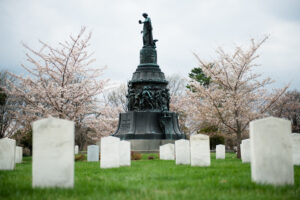
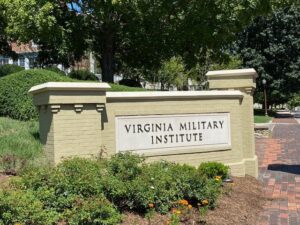 by Thomas Moncure
by Thomas Moncure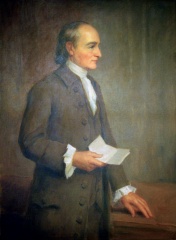
 by Donald Smith
by Donald Smith